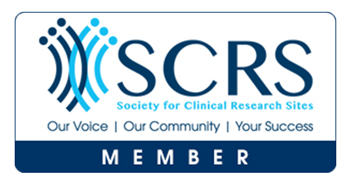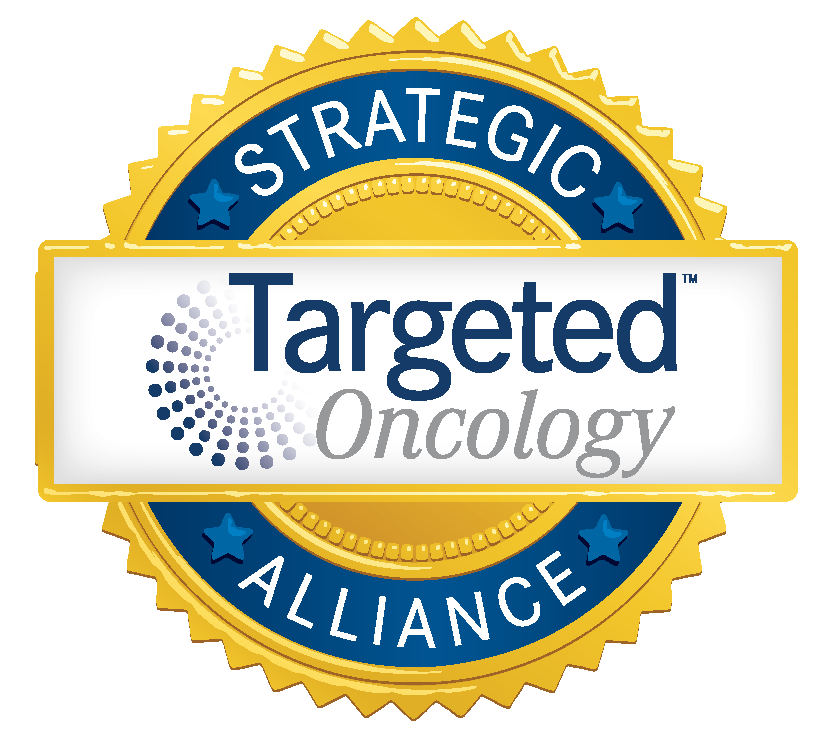Cancer treatment may vary depending upon the type of cancer, the stage of cancer, and the goal of treatment. Often, one or more treatment modalities may be used in order to provide the most complete treatment for the patient. Increasingly, it is common to use several treatment modalities concurrently (together) or in sequence. This is referred to as multi-modality treatment of the cancer and the modalities may include surgery, chemotherapy, biological therapy, and/or radiation therapy. For the majority of newly diagnosed cancer patients, the optimal treatment may be a multi-modality approach composed of standard therapies that have been established through extensive medical research. For other patients, the most appropriate therapy may still be under investigation and may be available only through a clinical trial.
Radiation therapy works by damaging the DNA in the cancer cell, thereby disabling the cancer cells from reproducing and growing. The cancer cells then die and the cancer shrinks. The objective of radiation therapy is to kill enough cancer cells to maximize the probability of cure and minimize the side effects. Under some circumstances, radiation therapy may also be used as palliation, or palliative care, which is aimed at reducing symptoms but not curing the underlying disease.
Radiation is usually administered in the form of high-energy beams that deposit the radiation dose in the body where cancer cells are located. Radiation therapy, unlike chemotherapy, is considered a local treatment. This means that cancer cells are only killed at the location in the body where the radiation is delivered, called the radiation field. If cancer exists outside the radiation field, those cancer cells are not destroyed by the radiation.







